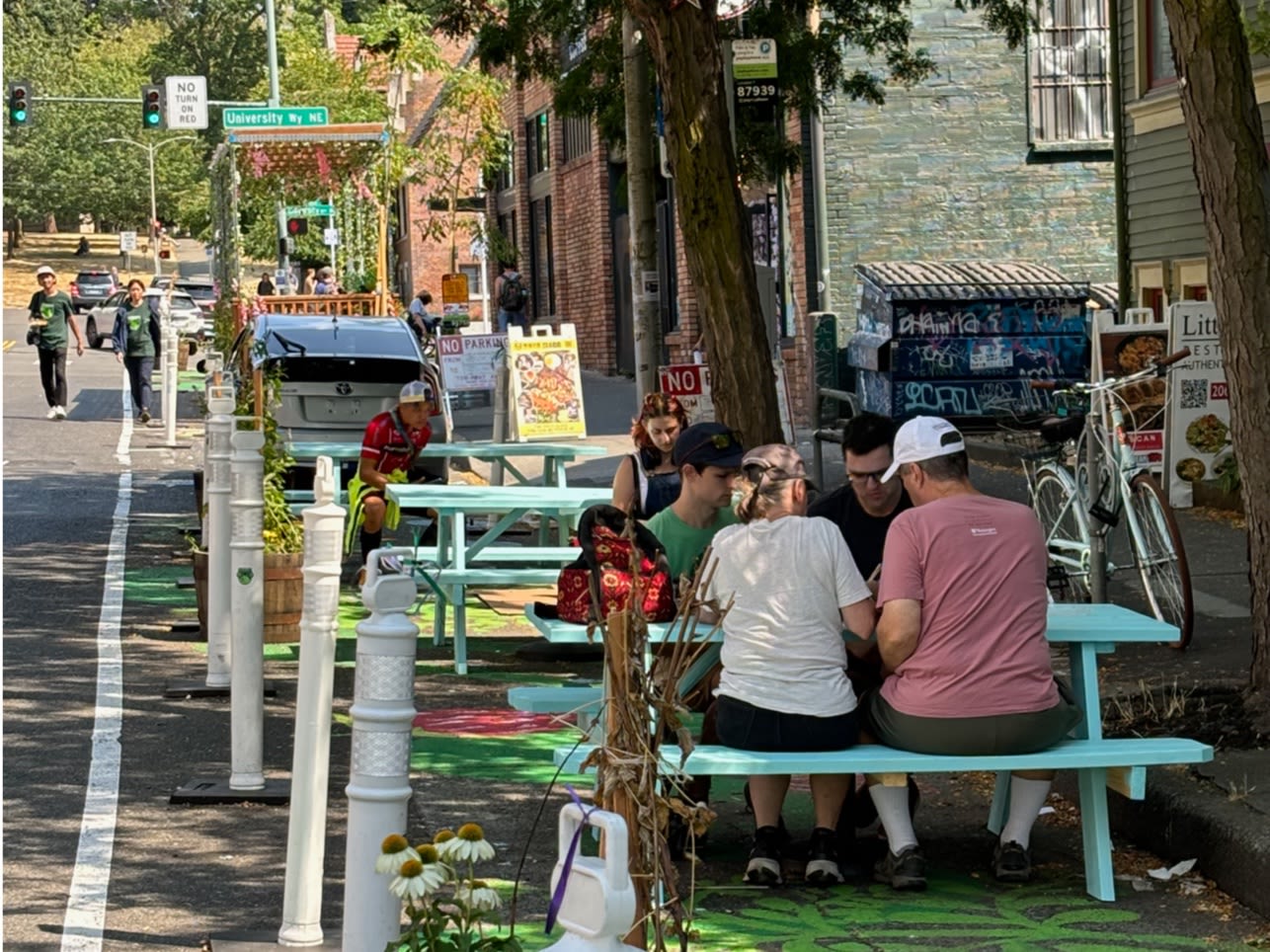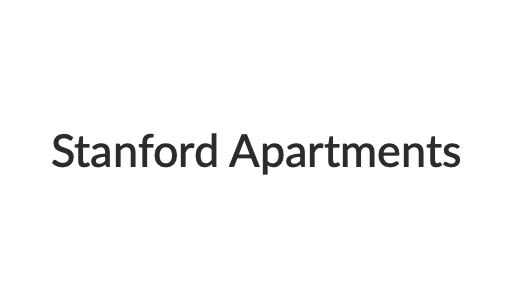
The City of Seattle and the U District community have been collaborating on this project for a decade, and over the summer one city block was transformed into a Summer Green Street for all to enjoy. This temporary experiment into 'tactical urbanism' demonstrated what can be achieved when space is made for gathering together.
This report presents the results of the summer experiment, in order to foster on-going discussion and to shape the permanent improvements, as proposed in the recently-passed Seattle Transportation Levy4. The eventual outcome can only benefit with your input, so please stay in the loop on this promising project.
Background
In 2015, the City designated three streets to become "neighborhood green streets to provide attractive and highly-landscaped pedestrian routes in the U District." Two blocks of NE 43rd Street were completed in time for the opening in 2021 of the U District Light Rail Station and one block of Brooklyn Avenue NE just reopened after work was completed on the tower above the station.
Unlike these two projects, the third designated green street on NE 42nd Street is being shaped with significant community input and an awareness of the issues encountered with the previous attempts. The summer prototype on 42nd Street produced actual user feedback, essential to the successful permanent transformation of this street.
Most importantly, this collaboration fulfills the promise of the new Seattle Transportation and Comprehensive Plans that: "Communities should be the ones to shape spaces in their neighborhoods."
Additionally, the needs and aspirations of the U District community continue to be informed as a result of its rezone to a high-rise urban center in 2017, its 5-acre deficient of public open space1, and the obligation to accommodate the projected 5,000 new households over the next 5-7 years.
Change is happening, so we need a plan
In 2023, community stakeholders and consultants developed a conceptual plan (10% design2) for the permanent improvement of two city blocks on NE 42nd Street. It was this plan that received an overwhelming 1,686 votes in support at the annual U District Streetfair in May of 2023, and an additional 391 votes at the Streetfair in 2024. For some, the plan can be an abstraction difficult to understand. Better to invite folks to experience a physical prototype of the key strategies of the plan, and take their live feedback.
This is precisely what we did during the summer of 2024, when our community transformed one block of NE 42nd Street into a “Summer Green Street,” creating a vibrant, people-centered public space. The initiative provided seating, landscaping, art installations, and pedestrian-focused pathways, all designed to encourage community gathering and interaction. This temporary installation demonstrated the benefits of tactical urbanism—using short-term changes to test long-term infrastructure and design ideas.



Experiment
Throughout the summer of 2024, residents, students, and visitors engaged with the space, offering valuable insights into what they enjoyed, what could be improved, and how the space met (or didn’t meet) their needs. Events held on the street, such as live concerts, outdoor movies, an art walk, and community gatherings, further highlighted the area’s potential as a permanent green street. It was remarkable how activity flourished once space was made for it to happen.
"This summer I saw all kinds of people enjoying the street. It was a wonderful thing to see people smiling, laughing, dancing, and even just relaxing to enjoy the sun on the benches we built for the street."
Setting the Stage
Throughout the summer, 50+ volunteers came together to prepare one city block for the activities to come.
Street Mural
Over one weekend, the street was closed for painting a street mural depicting indigenous flora in a colorful palette. Once the white traffic lines were installed, the speed of vehicular traffic immediately went down, improving pedestrian safety.
Outdoor Seating
Picnic tables, Adirondack chairs, and umbrellas were assembled and painted to match the project color palette. The moment the paint was dry, people occupied the tables to enjoy food from the adjacent restaurants and each other's company.
Trees & Planters
Large planters were filled with topsoil, trees, and other vegetation to bring greenery and shade to what was a blank streetscape for cars. Further creating habitat, bee houses were installed in the mature trees to pollinate the plants.
Art Installations
Extending the monthly U District Art Walk down to 42nd Street, we invited folks for engagement and interaction with art & design pieces installed specifically to support the placemaking efforts of the project. A cash prize for this design competition was awarded based on popular vote while jazz was performed on the stage.
Ready for Events
Once set, folks immediately knew what to do with the space. The public seating on this street hosted a diversity of people throughout the day and evening.
Now, with the stage set, the first event was hosted by the U District Community Council to begin enjoying our urban living room on National Neighborhood Night Out in August, with a live concert and outdoor seating welcoming community.
Throughout the month of September ten live concerts were performed by great local artists on the Green Street, culminating in a street dance party the last day of the project.
Every Friday in September, the Green Street became an outdoor movie theater with a 21-foot-wide inflatable screen to show movies picked by popular vote, and including ones filmed or set in Seattle and on UW campus. Free popcorn and raffles prizes were handed out.
Summer Green Street trailer introducing each outdoor movie.
The summer project culminated with the U District Chow Down food festival. On the Green Street were concerts, a dance class, art gallery, large chessboard, and tables filled with diners throughout the day.
The results from this prototype will directly inform the final design for the NE 42nd Street green street. Community feedback emphasized a desire for more greenery, shaded seating areas, dedicated spaces for art, improved safety measures, and active programming. This input will be critical as the project moves into more advanced planning stages, aligning with the broader vision for the U District as a pedestrian-friendly, accessible urban center.
Neighborhood Night Out community dinner
Neighborhood Night Out community dinner
Live musical concerts with dancing in the streets
Live musical concerts with dancing in the streets
Outdoor movies with free popcorn
Outdoor movies with free popcorn
Dancing class in the street
Dancing class in the street
Green Street with towers beyond
Green Street with towers beyond
Sun setting on the Green Street
Sun setting on the Green Street
Results
Summer Green Street
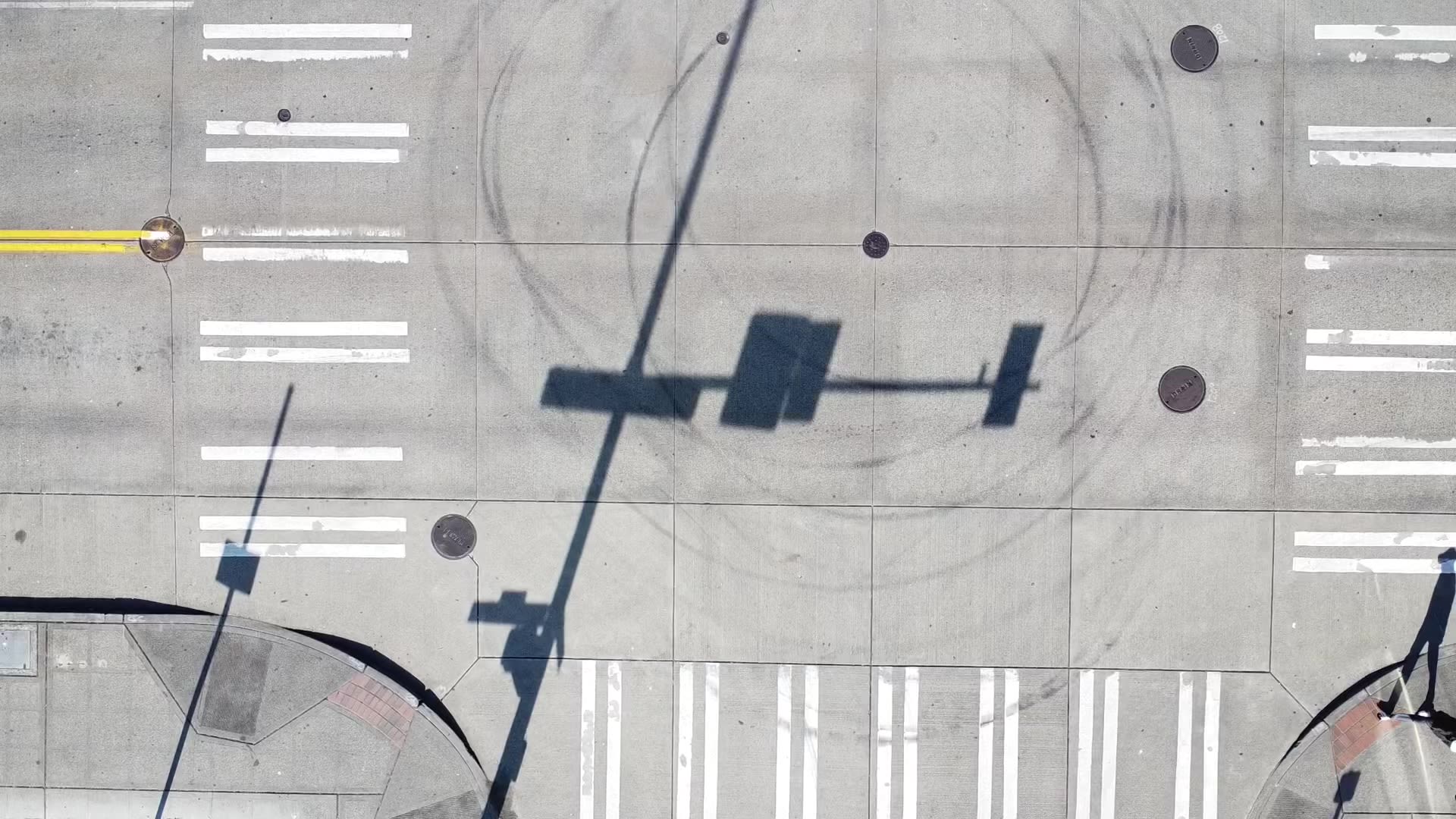
From the beginning, our community determined the priorities for this project that would become metrics for judging its success. These priorities were:
- Summer activation to prototype future 'Green Street'
- Create places for people, centered on pedestrian experience
- Provide for needs of local stakeholders & small businesses
- Attract people to the U District during slower, summer months
From 87 survey responses, verbal anecdotes, and mobile phone data, the results from the Summer Green Street experiment are presented here:
With grant funding from the Seattle Department of Neighborhoods and 4Culture of King County, $50,000+ was invested in our community during the slower summer months to attract more people. Surviving the temporary summer experiment are the street trees, mural, and the addition of tree lighting.
From mobile phone data it is evident that visitors to the wider U District actually decreased from last year. One exception was the activated area of the Green Street on 42nd, where we experienced a 10% increase during the summer and a whopping 30-39% increase in activity the last week of activation (not including Chow Down) that likely improved local sales revenues.3
Correspondingly, violent and property crime rates in the U District area went down from the previous year, including a 9% decrease during the two-month summer activation, though these data points are diffuse and difficult to attribute to any one change.
By narrowing the travel lanes to the minimum-allowed width for emergency vehicles, through the installation of white traffic tape, the speed of traffic was drastically reduced thus making this block safer for pedestrians.
Surveys of visitors to the Green Street rated their overall experience very highly (88% good to excellent), with the most popular aspects being the street improvements, outdoor movies, interactions with people, and the support for local businesses.
In fact, when asked if they would be more likely to return to visit local businesses with the Green Street in place, a clear majority (86% agreed).
Most of the survey respondents discovered the Green Street by walking by or through word of mouth, while fewer learned about it through social media, our newsletter, or posted flyers.
Asked which aspects of the experiment should be made permanent in a future street improvement, outdoor seating was most popular, followed by green landscaping and the free programming of events.
With 50+ volunteers over the summer, this project was definitely people-powered. On several occasions, passers-by saw the activity and volunteered on the spot to help shape the project.
The summer project successfully realized its priorities, and was completed on time and on budget. Lasting improvements to the block include the street mural and tree planters, approved by the City to remain in place indefinitely. For the holidays, the street trees will be wrapped with twinkle lights to make the street more attractive and welcoming in the evenings. In the spring, the trees and flowers will return to bring greenery and shade to the street.
Perhaps most telling was that 97% of survey respondents supported the permanent improvement of NE 42nd Street at a 'Green Street'.
Project priorities
Project priorities
Investment in the U District
Investment in the U District
Comparing activity in U District with the Green Street
Comparing activity in U District with the Green Street
Activity on the Green Street the last week of activation
Activity on the Green Street the last week of activation
Reduction in crime during the activation
Reduction in crime during the activation
How do you rate your overall experience of the Summer Green Street?
How do you rate your overall experience of the Summer Green Street?
With the Summer Green Street in place, would you be more likely to return to visit local businesses?
With the Summer Green Street in place, would you be more likely to return to visit local businesses?
How did you learn about the Summer Green Street?
How did you learn about the Summer Green Street?
Which aspects did you enjoy the most?
Which aspects did you enjoy the most?
Which improvements from this summer experiment should be made permanent?
Which improvements from this summer experiment should be made permanent?
Do you support the permanent improvement of NE 42nd Street as a 'Green Street'?
Do you support the permanent improvement of NE 42nd Street as a 'Green Street'?
Feedback
With any good experiment, lessons were learned along the way to avoid on future projects. From the candid feedback of stakeholders and visitors, the project Steering Committee addressed the following issues during the summer experiment:
Communication: The main takeaway from engaging with stakeholders was the need to communicate about the project well in advance of being awarded the grant funding. Although the initial street closure for painting of the mural was permitted for two days to protect the volunteers in the right-of-way, it should have been introduced to a wider area of impacted businesses with sufficient time to coordinate deliveries. Frequent and regular notifications were sent during the summer activation to address this valid critique.
Site Selection: Another critique was that the experiment should have been hosted first on a quieter street, impacting fewer businesses. Because one key goal of the project was to attract more visitors to support local businesses during the slower summer months, it was prudent to host the experiment in a concentrated commercial zone. In the end, the project experienced up to a 30-39% increase in activity which likely translated into increased revenues.
Security: Suggested by stakeholders, the project hired a security guard for one of the first events, but this was determined to be unnecessary as pedestrian activity was so high that uncivil behavior was not an issue.
Vandalism: Pleasantly surprising was the lack of significant vandalism of the outdoor furniture, street trees, and art installations during the summer experiment, with just two incidents occurring.
Loss of Parking: Removing all but three parking spots was not without issues, but adjacent small businesses preferred outdoor seating and parking for deliveries more than parking for private cars. From this feedback an additional loading zone was added immediately around the corner.
Combining the results and this feedback will inform the development of the permanent improvements to NE 42nd Street for the better. Most importantly, this summer experiment coalesced our community around an on-going, open discussion of what kind of neighborhood do we want and what are our priorities for the public right-of-way. Please subscribe to get involved in shaping this key street.
Future
It is with great excitement that the Seattle Transportation Levy 4, which passed in November to improve our streets, includes funding earmarked for the permanent transformation of NE 42nd Street as a 'People Street'. This critical capital funding, as provided by the levy, complements the considerable efforts of the U District community to shape and realize a shared vision for the street, as proposed in the Conceptual Plan. The U District Advocates will continue to partner with local stakeholders to shepherd the project along and we invite you to stay connected for important updates.
The experiment on NE 42nd Street aligns with Seattle’s commitment to inclusive city planning, where neighborhood stakeholders play a central role in shaping public spaces. With the support shown at the 2023 and 2024 U District Streetfairs and the growing excitement around the potential of NE 42nd Street, this initiative has set a strong foundation for lasting community-driven improvements. As Seattle anticipates growth and densification in the U District, projects like the Summer Green Street prototype pave the way for future public spaces that prioritize connectivity, accessibility, and a unique community spirit.

Stay Involved
Sign the Petition
Support the improvement of NE 42nd Street as a pedestrian-priority street.
Kudos
So many folks came together to make this summer experiment happen that it truly is a people-powered project. Our community would like to thank our volunteers, our small businesses and stakeholders, the Steering Committee, all the artists, and our sponsors and partners. With funding from the Seattle Department of Neighborhoods and 4Culture of King County, and project management by U District Advocates, this project was made possible. A special thanks to the Seattle Department of Transportation for their enthusiastic logistical support.
This volunteer project also relied on the exceptional involvement of neighbors like you, and through our partnerships between the U District Advocates, U District Community Council, U District Partnership, and Seattle Neighborhood Greenways, among others.
If you want to play a role in the further development of NE 42nd Street into a permanent Green Street, subscribe to our newsletter to stay informed or to volunteer in the future.

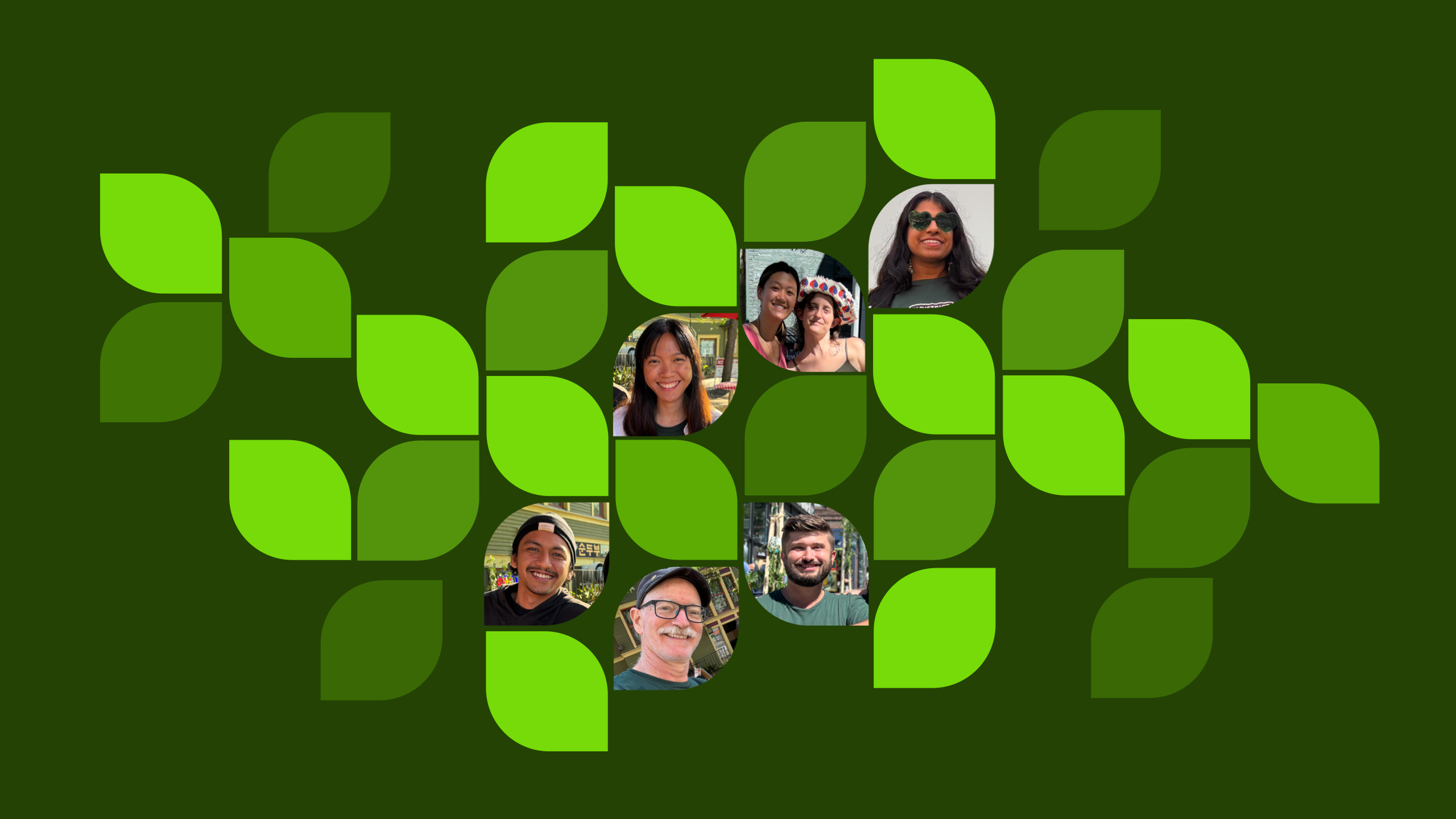
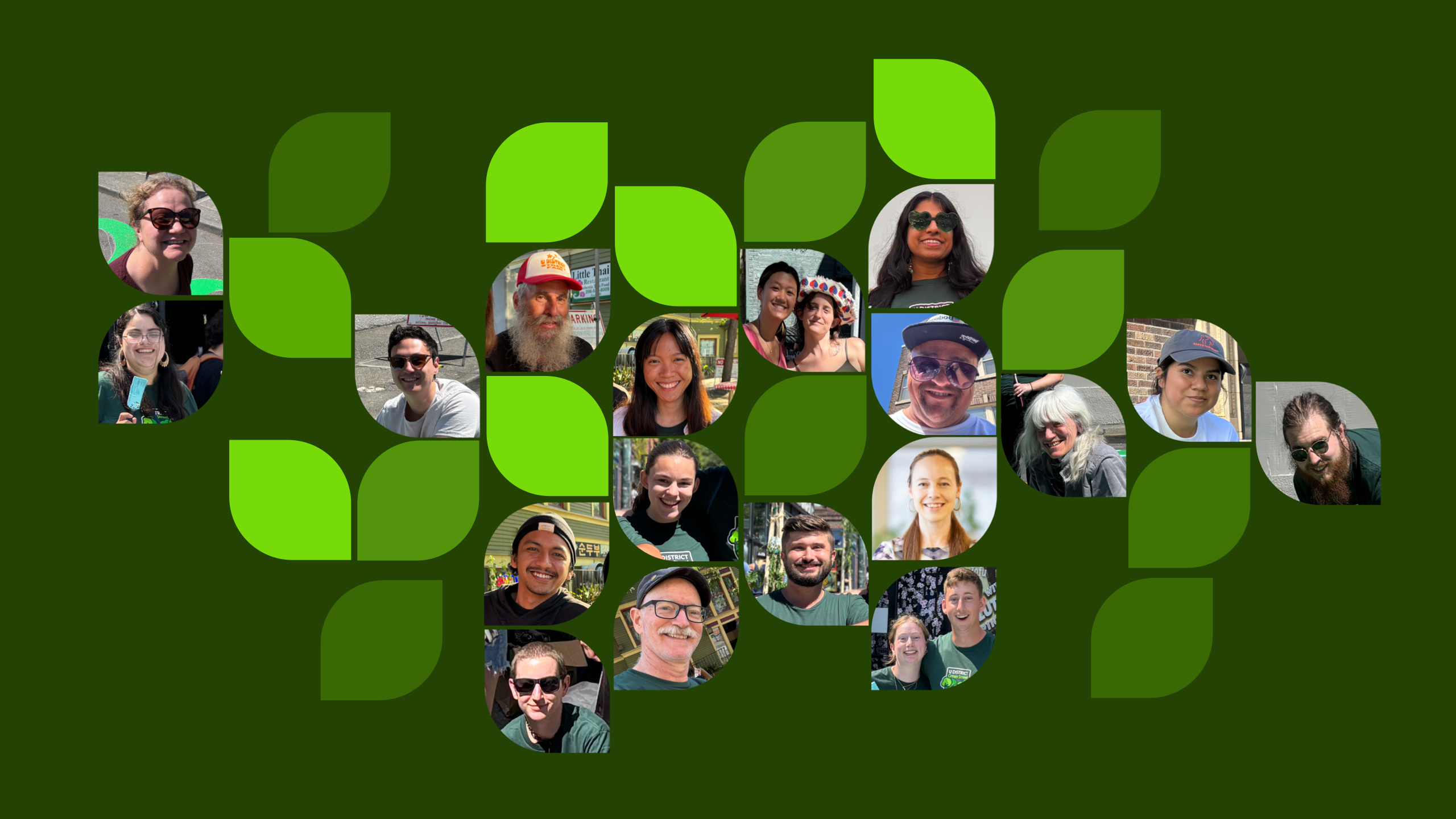


People Powered
Volunteers
Volunteers: Jake, Kyra, Husna, Fauzi, Liz, Jaykub, Sharon, George, Kenta, Rebecca, Makayla, Jonah, Lyla, Nadhiya, Stephen, Matthew, Monica, Kyle, Khyre, Ananya, Lawrence, Victoria, Lorenzo, Andrew, Rebecca, Jaxon, Sarah, Cory, Ellee, Molly, Will, Max, Maggie, Tennessee, Kobe, Charlie, Robert, Jiaying, Emily, Lauren, Michael, Tiffany, Audrey, Angela, Shianne, Kijah, Faith, Nita, Leah, David, Rachel, Palaree, Aaron, Ollie, Daniel, John, Katy, Amelia, Don, Christopher, Daniel L., Thomas, Molly, Ellie, Saskia, & Nick
Steering Committee: Leah, Don, Katy, John, Lauren, Amelia, Jaykub, Thomas, Christopher, Ellie, Daniel, Nadhiya, Husna, & Cory
Stakeholders: Mathew, Jeremy, Jonathan, Joshua, Douglas, Maya, Emily, Lois, Gayle, Hanna, Chris, Qifei, Rick, Chuan, Maureen, Gordon, & Alison
Consultants: Mark & Kevin of Site Workshop
A Special Thanks: This project greatly benefitted from the wonderful support and professional collaboration of the Seattle Department of Transportation (SDOT). Our community advocated for a unique approach to testing the concept of the Summer Green Street, and our city was right there with us. We thank you!
Supporting Businesses
Footnotes
1. Five acre deficit: The City of Seattle calculated a five-acre deficit of public open space in the University District in their 2015 U District Urban Design Environmental Impact Statement: On page 3.7-8, in Table 3.7-3, it states that the 2013 Deficit is 2.9 acres, while the 2035 deficit is 5.1 acres. Note that this determination was prior to the 2017 rezone of the University District to high-rise development up to 33 stories.
Public comment received on the U District EIS: "While the adjacent University of Washington campus has open space, it serves the student and employee population of the University, and not the general public, and the DEIS correctly excludes the University of Washington from the analysis on open space.”
Furthermore, in the 2015 University District Parks Plan Update, on page 12, it states: “While the District features a few excellent parks, along with access to active recreation in Cowen Park and attractive passive open spaces throughout UW’s campus, there is an existing shortfall of open space in terms of the City’s goals (as of 2013). The approximately 1,500 housing units under construction and the additional 4,000 more expected of the 20 years will exacerbate this issue. By 2035, the deficit is expected to grow unless the additional parks and open spaces can be provided.”
The 2013 U District Urban Design Framework, page 13, states: “The University District Park Plan (2005), which addresses the existing and future open space deficit in the U District. It includes priorities for the Parks Department in terms of new open space investments.”
The 2012 University District Urban Design Framework - Existing Conditions Report, page 56, states: “The Seattle Parks Department published the University District Park Plan in 2005. The plan identified an existing deficit in publicly-owned open space, as identified by Comprehensive Plan open space goals for the University District Northwest Urban Village.”
Footnotes
2. 10% design plan: Critical to the success of this project is its eventual implementation into the U District. Therefore, we structured our project deliverable, the 10% design plan, to integrate with the standard project flow of the Seattle Department of Transportation (SDOT). With a 10% design plan, SDOT can leverage the document to find funding to then proceed to the next key steps on the way to actual construction: 30%, 60%, 90%, 100%. We believe that with the goal of a 10% design plan, our project will be more likely to reach fruition.
3. Activity data: The activity data was provided by anonymous mobile phone location data points shared by the telephone carriers. The correlation of increased pedestrian activity resulting in increased sales locally is explained in "Does Foot Traffic Predict Business Performance?," a research article prepared by Unacast.
4. Seattle Transportation Levy: On November 5, 2024, the Seattle Transportation Levy was approved by voters by an overwhelming 66% of the vote. The $1.55 billion transportation levy will fund transportation improvements over eight years. Included in the levy is $39 million for 'People Streets', specifically citing the permanent improvements to NE 42nd Street, our 'Green Street'.
This report was prepared by Cory Crocker of the U District Advocates, a 501c3 nonprofit, all-volunteer organization focused entirely on making the U District neighborhood a great place to be.
©2024 - U District Advocates, P O Box 85472, Seattle WA 98145 USA












